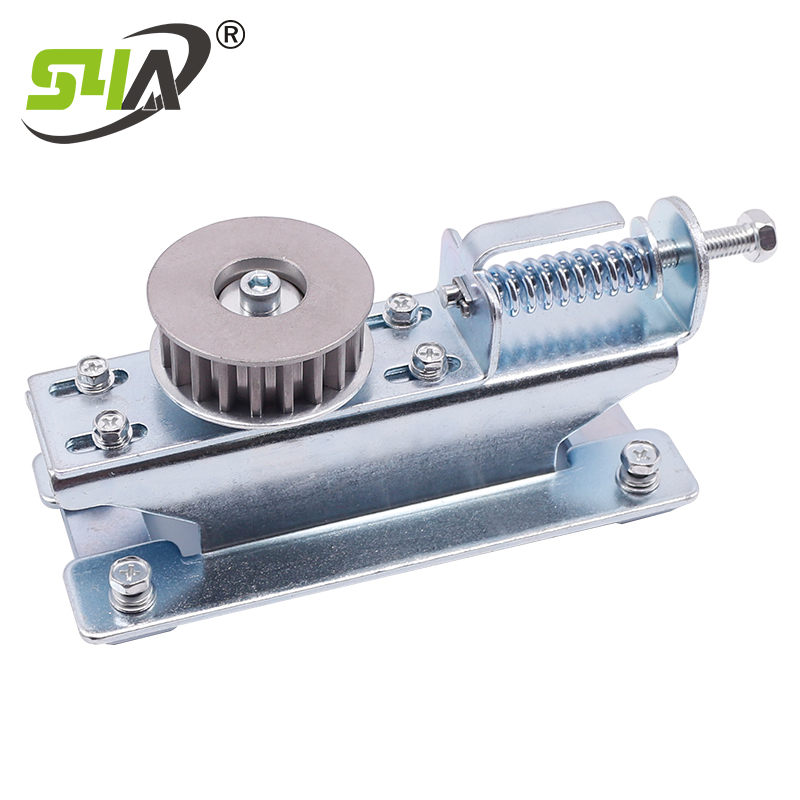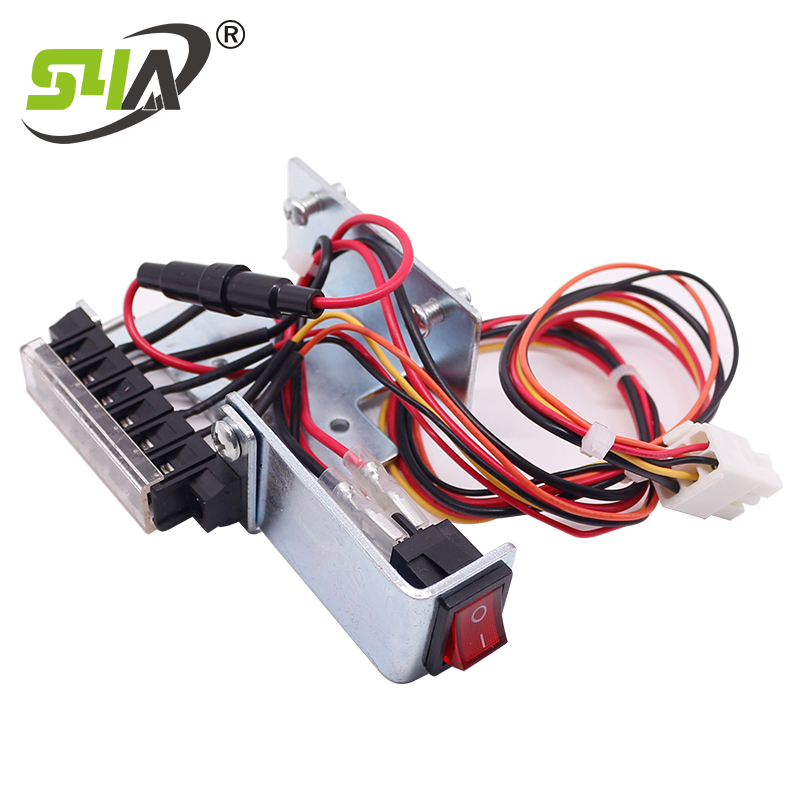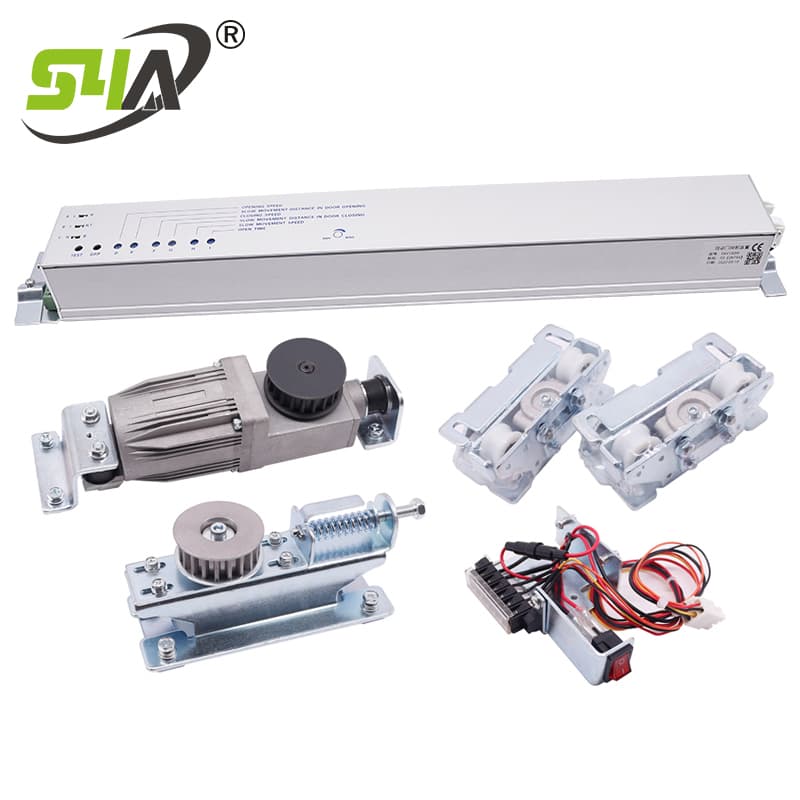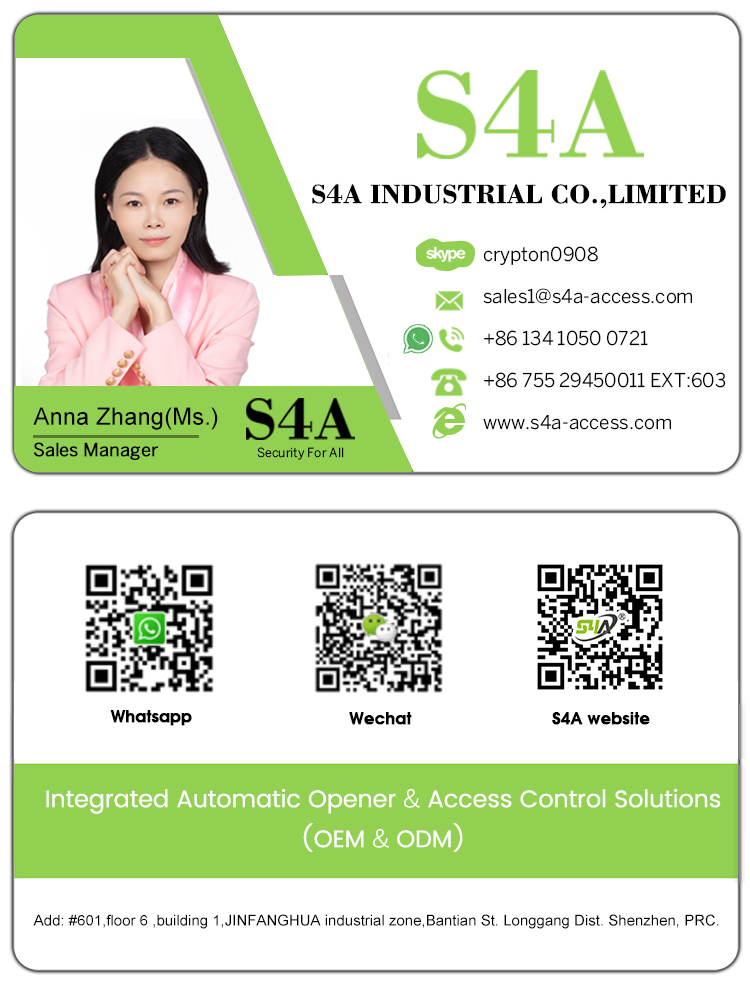How to maintain and troubleshoot an automatic sliding door opener?
Here are the methods for maintaining and troubleshooting an automatic sliding door opener:
Maintenance
Regular Cleaning
Clean the exterior of the door opener with a soft, damp cloth to remove dust and dirt. Pay attention to the track and sensor areas, as any debris accumulated there can affect the door's operation.
Vacuum the track regularly to remove small particles and debris that could cause friction or jamming.
Lubrication
Lubricate the moving parts of the door opener, such as the rollers, hinges, and tracks, with a suitable lubricant. This helps to reduce friction and ensures smooth operation. Use a silicone - based lubricant for better results, and apply it according to the manufacturer's instructions.
Check and Tighten Fasteners
Periodically check all the screws, bolts, and nuts on the door opener and its associated components. Over time, vibrations can cause these fasteners to become loose. Tighten any loose fasteners to prevent components from becoming misaligned or falling off.
Battery or Power Supply Check
If the door opener is battery - powered, check the battery level regularly and replace the batteries when necessary. For AC - powered openers, ensure that the power cord is in good condition and that the outlet is working properly.
Sensor Calibration
The sensors on the automatic sliding door opener need to be calibrated regularly to ensure accurate detection. Refer to the manufacturer's instructions for the specific calibration process. Usually, this involves adjusting the sensitivity and range of the sensors.
Troubleshooting
Door Not Opening or Closing
Check if the power supply is working. Ensure that the door opener is plugged in and that there is no power outage. If it's battery - powered, replace the batteries if they are low.
Inspect the sensors to see if they are blocked or dirty. Clean the sensors and make sure there are no objects or obstructions in their detection range.
Check the track for any debris or damage. Remove any obstacles and repair or replace the track if it is damaged.
Test the control panel to see if the buttons are working properly. If the buttons are unresponsive, the control panel may need to be repaired or replaced.
Door Opens or Closes Slowly
Lubricate the moving parts as described in the maintenance section. Friction in the rollers, hinges, or tracks can cause the door to move slowly.
Check the power supply. If the voltage is low, it can affect the motor's performance. Contact an electrician to check the power supply if needed.
Inspect the motor. If the motor is overheating or making unusual noises, it may be malfunctioning and require repair or replacement.
Door Closes Partially or Stops Mid - Way
Check the sensors for proper alignment and functionality. A misaligned or faulty sensor can cause the door to stop prematurely.
Look for any obstructions in the door's path. Even a small object can trigger the safety sensors and cause the door to stop.
Examine the track for any irregularities or damage that could be causing the door to get stuck.
Door Makes Unusual Noises
Tighten any loose components. Loose screws, bolts, or parts can vibrate and make noise when the door moves.
Lubricate the moving parts. Dry or worn - out parts can produce squeaking or grinding noises.
Check the motor and gearbox. Unusual noises may indicate problems with these components, such as a worn - out gear or a faulty motor bearing.
If the above troubleshooting methods do not solve the problem, it is recommended to contact a professional technician at sales@s4a-access.com or the S4A 's customer service for further assistance.
Author: Written by Ms.Anna Zhang from S4A INDUSTRIAL CO., LIMITED




